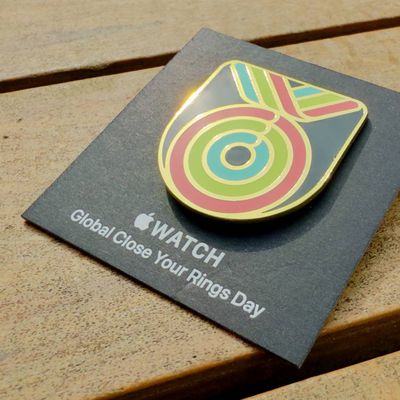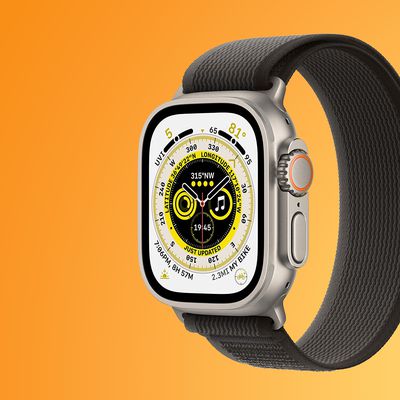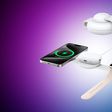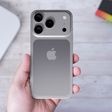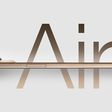Designers Hank Beyer and Alex Sizemore have created a series of Macs encased in locally-sourced materials, including honeycomb, coal, and ice, to "question the implications of globalization" and "consider how unconventional materials can change product relationships" (via Fast Company).
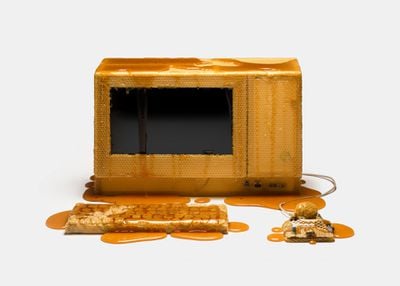
The design project is titled "For the Rest of Us," which is a play on Apple's marketing tagline for the original Macintosh: "Introducing Macintosh, the computer for the rest of us."
Photographed with similar backdrops and framing as the original Macintosh ads, Beyer and Sizemore's Macs, which are effectively non-functional sculptures, seek to challenge Apple's industrial design aesthetics by reimagining them with thought-provoking materials.
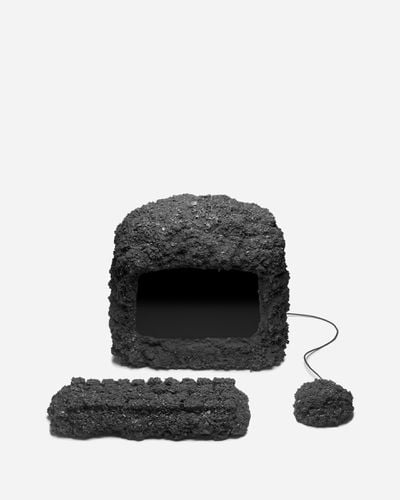
Beyer and Sizemore chose a wide range of locally-sourced materials from the American midwest, including coal, ice, peat, lard, honeycomb, sandstone, and clay, for the series of designs. The machine made of limestone is almost practical, and intends to render the color of Apple's "Snow White" original Macintosh design in a natural material.
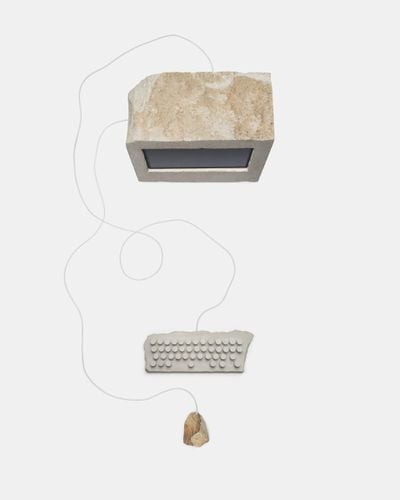
Others, such as the dirt, ice, or honeycomb-encased Macs, are much more extraordinary and surrealist.
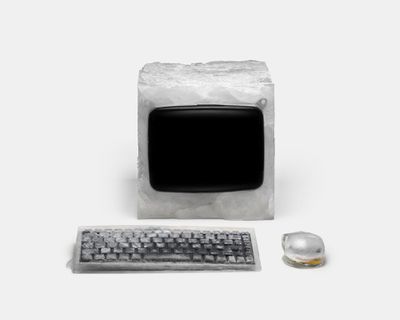
The entire project began several years ago, and aims to present "an alternate reality." Yet the series of designs are also "future-forward," as companies seek out more sustainable manufacturing processes and materials.
We don't want people to view our project and feel resentment toward globalization, to feel that we want to replace industry or to consider new materials only for commercial merit. We want people to question the implications of globalization, and consider how unconventional materials can change product relationships.
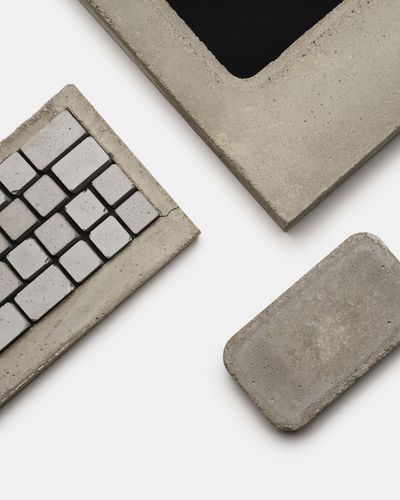
After displaying the project in International Festival of Design at the Villa Noailles in Hyères, France, Beyer and Sizemore have now released a "For the Rest of Us" hand-bound linen hardcover book, investigating the "processes, people, history, politics, and values of each regional material source," and how different materials could be used to create a desktop computer.





